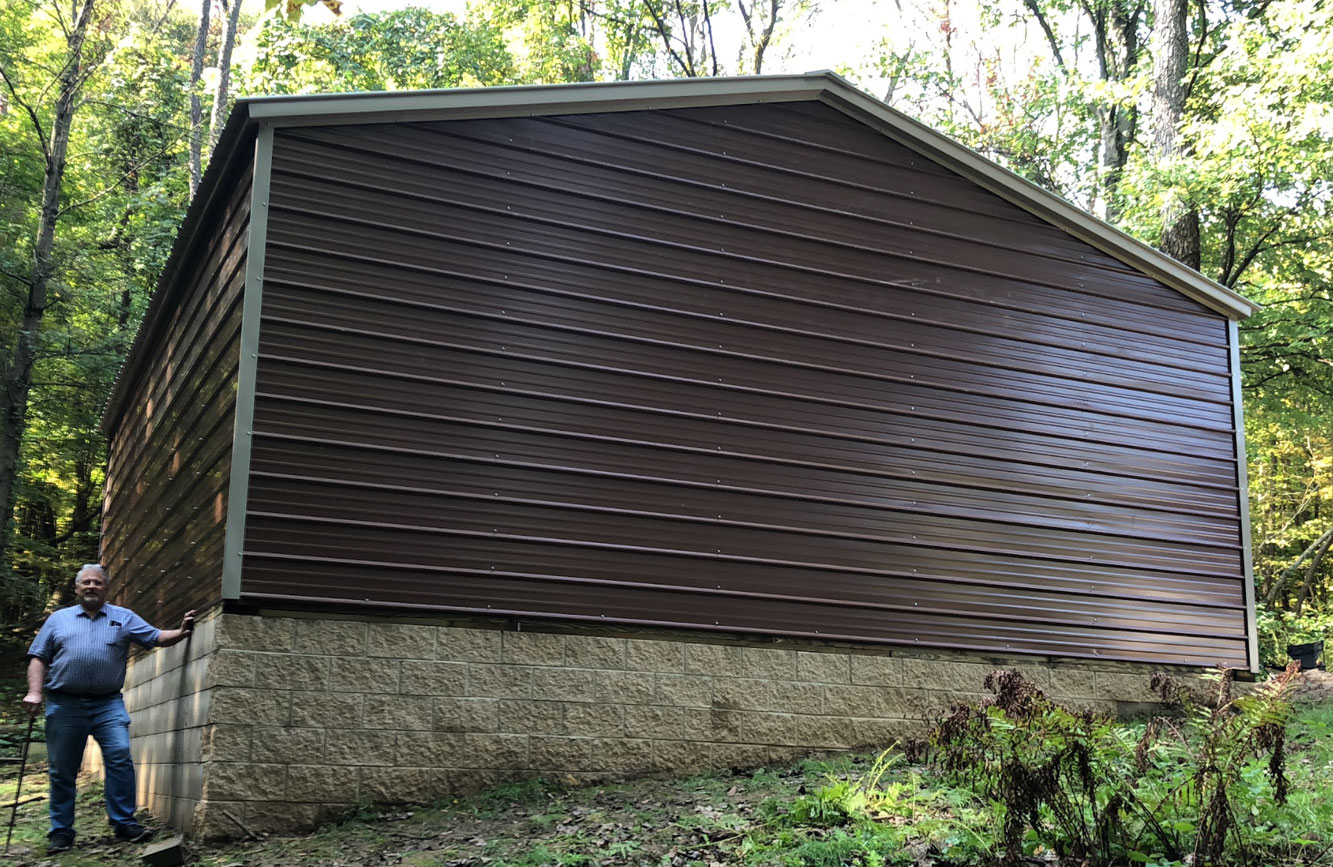
Post-construction refers to the phase following the completion of a building project, encompassing a variety of tasks and processes aimed at ensuring the structure is fully operational, compliant with regulations, and ready for occupancy or use. This crucial phase involves several key activities that collectively bring a construction project to its final stage.
1. Final Inspections and Approvals
Once the construction work is completed, a series of final inspections is conducted to verify that the building complies with all relevant codes and standards. These inspections cover structural integrity, electrical and plumbing systems, safety features, and overall quality of workmanship. Inspectors from local authorities and other regulatory bodies assess the project to grant necessary certifications and occupancy permits. Passing these inspections is essential for legal occupancy and operation of the building.
2. Punch List Completion
A punch list is a document that outlines any remaining tasks, minor repairs, or adjustments needed to address deficiencies observed during the final inspection. These tasks might include fixing cosmetic issues, adjusting fixtures, or completing unfinished work. Contractors are responsible for addressing all items on the punch list to the satisfaction of the client and the inspection team. Completing the punch list ensures that the project meets the expected standards and quality.
3. Cleaning and Preparation
After the construction work and punch list tasks are completed, the site undergoes a thorough cleaning. This includes removing construction debris, dust, and other residues left behind by the building process. The goal is to present a clean, safe, and welcoming environment for future occupants. This stage often involves deep cleaning of floors, windows, and surfaces, as well as disposing of any remaining construction materials.
4. System Testing and Commissioning
All building systems, including HVAC, electrical, plumbing, and fire safety, must be tested and commissioned to ensure they are functioning correctly. Commissioning involves running these systems under normal operating conditions and verifying that they meet performance specifications. Any issues identified during this process are addressed to ensure reliable and efficient operation.
5. Handover and Documentation
The final step in the post-construction phase is the handover to the client. This involves providing all necessary documentation, including warranties, maintenance manuals, and as-built drawings. The contractor typically conducts a walk-through with the client to explain the operation and maintenance of the building’s systems. This handover ensures the client is fully informed and equipped to manage the new facility.
Conclusion
In summary, post-construction is a vital phase that ensures a building project is thoroughly inspected, completed to the highest standards, and ready for use. The post-construction phase guarantees that the finished structure meets all expectations and is prepared for occupancy and operation.
